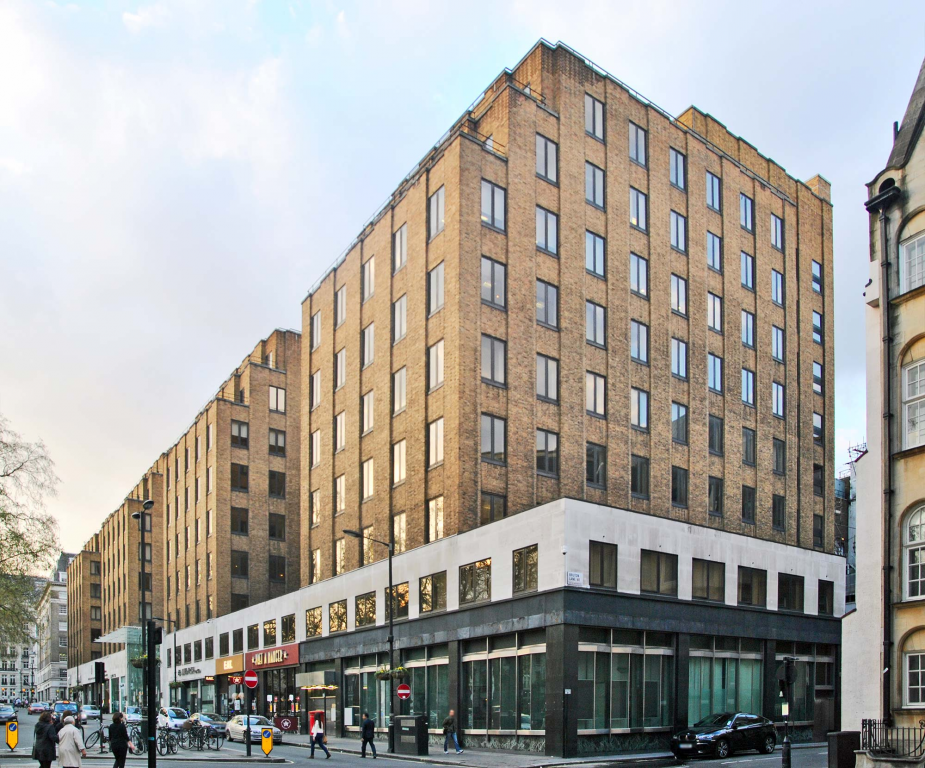The Upper Tribunal (Lands Chamber) has determined an appeal relating to the rating assessment of an office suite on the first floor of Berkeley Square House in the West End of London. The decision in Prekopp (VO) v GPS (Great Britain) Limited (2016) UKUT 0127 (LC) dismissed the Valuation Officer’s appeal and confirmed the reduced assessment that had been determined by the first-tier Tribunal.
GPS (Great Britain) Limited, trading as GAP, occupied an un-refurbished office suite on the first floor of Berkeley Square House, a landmark office building in the West End of London. The Valuation Officer had originally assessed this office suite in the 2010 rating list at Rateable Value £800,000. The ratepayer had appealed against that assessment and the Valuation Tribunal for England had heard the appeal and determined that the assessment should be reduced to RV £700,000 based on a reduced value of £753 per square metre. The Valuation Officer appealed against that decision, having in the meantime taken action to increase the assessments of this and other offices in Berkeley Square House.
The Upper Tribunal heard this case under its simplified procedure. The Valuation Officer contended that the correct assessment for the appeal property should be RV £925,000, based on a value of £900 per square metre plus 10% for air conditioning. The Valuation Officer’s statement of case had applied a 5% deduction for the first floor position, which was originally considered to be inferior but, at the hearing, the Valuation Officer contended that such an adjustment was not correct. The Valuation Officer relied upon the analysis of the lettings of a number of other suites in Berkeley Square House all of which, he considered, supported his valuation of RV £925,000.
The ratepayer contended that the decision of he Valuation Tribunal for England was correct and that the assessment should be determined at RV £700,000. In support of this valuation the ratepayer relied upon the lettings of other first floor suites at Berkeley Square House including both refurbished and un-refurbished offices. The ratepayer considered that these properties were more properly comparable to the appeal property and that a proper analysis of this evidence supported the value of £753 per square metre and the assessment determined by the VTE.
The Tribunal considered that the evidence of rents paid for other first floor suites should not be dismissed, as suggested by the Valuation Officer. This, and other, evidence also showed that it was proper to distinguish between refurbished and un-refurbished space and that the first floor accommodation was slightly inferior to that on the upper floors. On this basis the Tribunal concluded that the VTE did not err in its decision, and that the correct assessment for the appeal property was RV £700,000. The Valuation Officer’s appeal was dismissed.
The decision shows the importance of comparing “like with like” and that, when matters such as adjustment for refurbishment or for location within a building are concerned, the best comparables are likely to be those that are most similar to the appeal property. The case is also an example of another, regrettable, recent trend which is for the Valuation Office to alter its position between statement of case and the time of the hearing. A party embarking on litigation is entitled to expect the other party to maintain a consistent position and not to indulge in an “ambush” by changing its position at a late stage. Just because, as was the case here, there is no costs regime which a Tribunal might use to keep parties to consistent positions, this should not mean that parties do not behave correctly.

